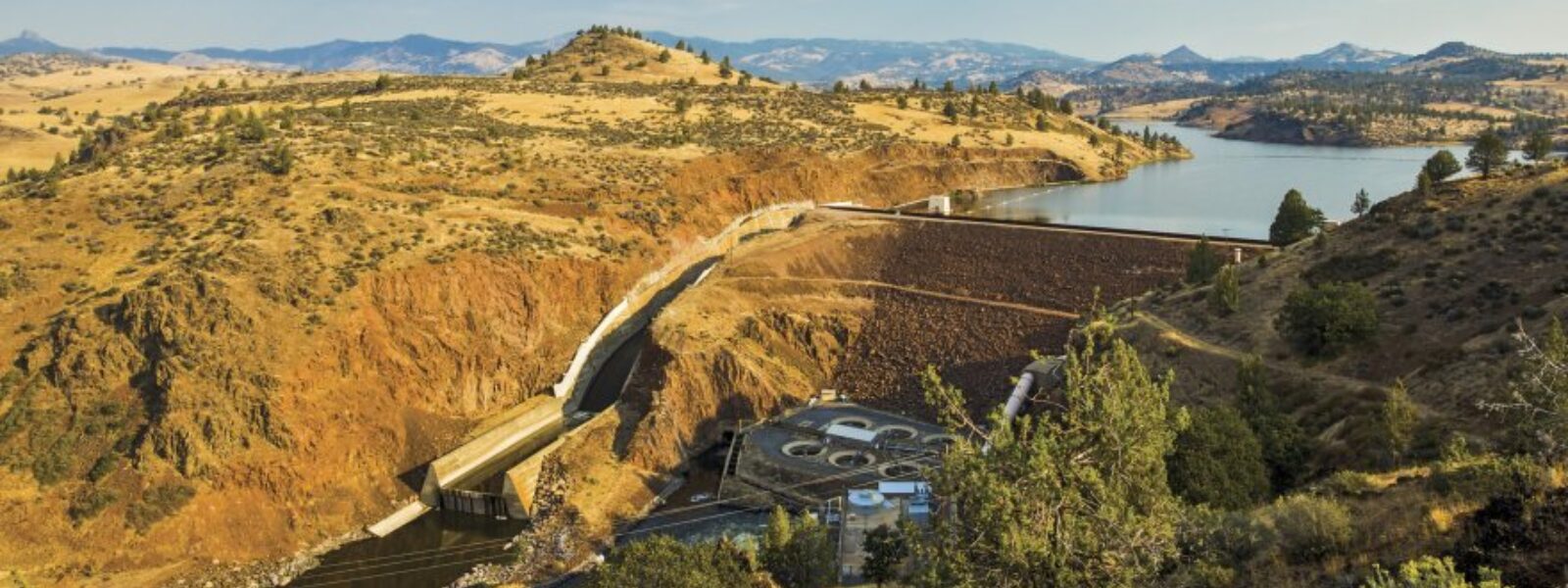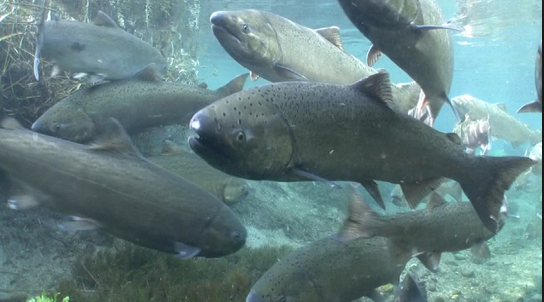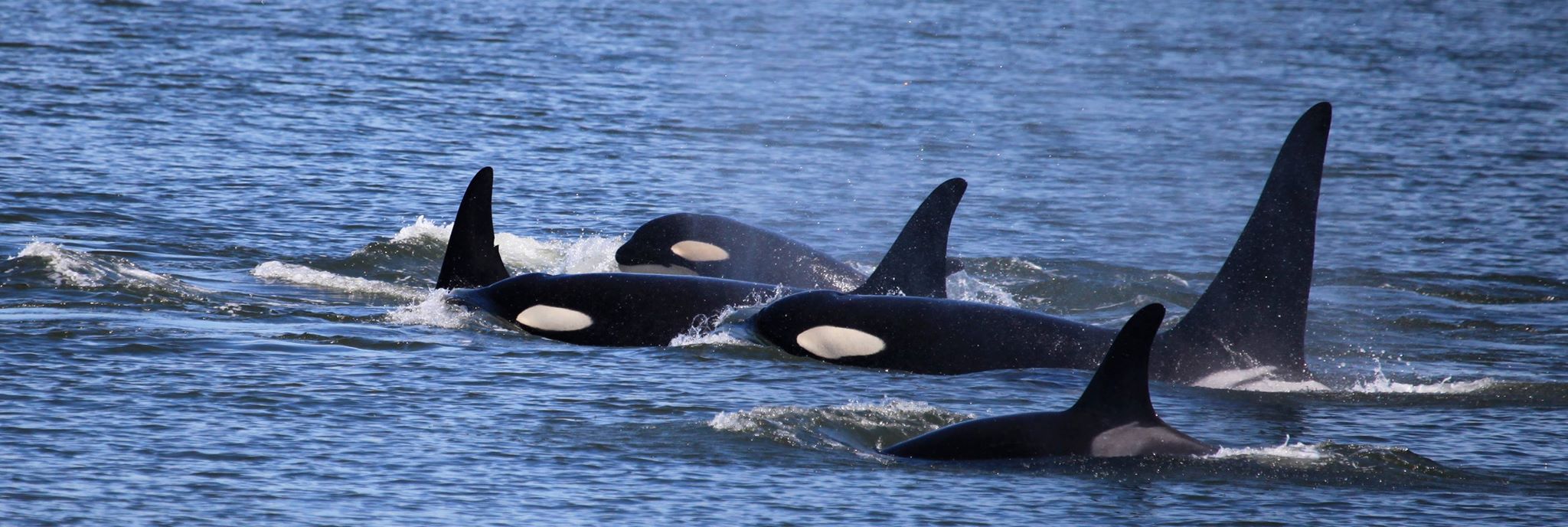

In an unprecedented effort to amend the historic Klamath Hydroelectric Settlement Agreement (KHSA), a new agreement-in-principle has been reached by the federal government, the states of Oregon and California, and PacifiCorp to continue with dam removal from the Klamath River in 2020. The plan is to submit the amended agreement to the Federal Energy Regulatory Commission’s (FERC’s) process on dam decommissioning.
If approved by FERC, the agreement would see PacifiCorp transfer title of the four lower Klamath River dams to a third party that would assume liability and take the appropriate steps to remove the dams, thus opening up more than 350 miles of historic habitat to the migration of coho salmon, Chinook salmon, and steelhead for the first time in nearly a century.
While water rights are large part of the KHSA, salmon and steelhead are also vital to numerous Native American cultures. Furthermore, the importance of salmon to commercial and recreational fisheries, as well as many families and communities on the West Coast, is unquestionable.

However, the Seattle based non-profit organization, Orca Conservancy, focuses on salmon for a different reason. We work towards increasing salmon stocks to help assist with the recovery of the critically endangered Southern Resident killer whales (SRKWs), who depend on abundant populations of Chinook salmon for their survival. The SRKW population is comprised of three pods (identified as J-, K-, and L-Pods) and is arguably the most familiar killer whale population to the general public.
Yet, even after more than a decade of federal protection, the population has yet to show signs of significant recovery, with 85 members total as of January 2016 – still three members fewer than when they were initially listed on the Endangered Species Act in 2005. This number includes nine new additions within the last 13 months (an 86th member of the SRKWs, Lolita, currently resides in Miami Seaquarium), though their survival to maturity remains in question and is far from guaranteed.

It is important that everyone understands that the recovery and restoration of west coast rivers is key to the survival of these whales, and addressing the threat of prey abundance is a priority in recovery plans for this critically endangered population, especially with nine new mouths to feed.
Notably, this population’s historic use of California and Oregon waters qualifies this community as an important resource to the states of California and Oregon, and should be considered as we continue to move towards dam removal on the Klamath River.
Before the new agreement-in-principle was released, Orca Conservancy, together with 17 national and international organizations, issued comments in direct opposition of the proposed consideration of PacifiCorp’s re-licensing application for certification under the federal Clean Water Act, and strongly recommended dam removal.
Orca Conservancy is extremely pleased that PacifiCorp, along with the Department of Interior, and the states of California, and Oregon are all committed to removing the four lower dams on the Klamath River in 2020.
Removal of these dams will be the single largest salmon restoration project in U.S. history, and the salmon are not only critical to the survival of coastal ecosystems, they are fundamental to the health and survival of the Southern Resident orcas.
The final agreement is not a done deal, requiring further approvals. Politics may well interfere with the final implementation for removal of the dams in question. It is important that activists watch this process carefully and support the implementation. There are other dam removal projects proposed for the Pacific northwest, both to improve salmon runs and to help the Southern Resident orcas recover.
